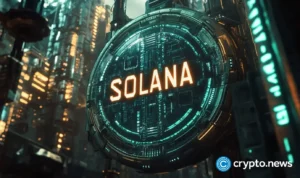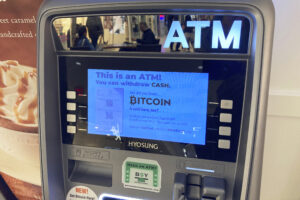Dogecoin vs. XRP: Which Cryptocurrency Will Make You a Millionaire?

The Divergence of Dogecoin and XRP: A Tale of Two Crypto Strategies
Understanding the Different Approaches: Sprinting vs. Endurance
In the world of cryptocurrency, the strategies for investing can vary significantly, much like the difference between sprinting and long-distance running. Investors often find themselves drawn to quick gains, particularly with trending meme coins, but this approach can lead to pitfalls.
Dogecoin: A Meme Coin with Limited Potential
Dogecoin, with a market capitalization of approximately $25.7 billion and a trading price around $0.17, has captured the attention of many. The total supply of 150 billion coins continues to grow, with an additional 5 billion DOGE entering circulation annually. This inflationary model lacks a cap, meaning the supply will perpetually increase, albeit at a decreasing rate.
The price of Dogecoin has historically been influenced by social media buzz and celebrity endorsements, particularly from figures like Elon Musk. Such volatility raises concerns for serious investors, as it introduces a level of risk that is not typically associated with sound investment strategies.
Moreover, Dogecoin lacks a formal development roadmap and significant upgrades, positioning it more as a novelty than a viable long-term investment. To transform a $10,000 investment into $1 million, Dogecoin would need to experience a staggering 100-fold increase in value, pushing its market cap to around $2.5 trillion—an unlikely scenario without substantial adoption or utility.
XRP: A Utility-Driven Cryptocurrency with Growth Potential
In contrast, XRP boasts a market cap exceeding $133 billion, trading at about $2.26 per coin. Its value is underpinned by real-world applications rather than internet memes.
Ripple, the organization behind XRP, has been proactive in enhancing its platform. Recently, it launched an Ethereum Virtual Machine (EVM) sidechain, allowing developers to run smart contracts on the XRP ledger at significantly lower costs. This development could attract numerous decentralized applications (dApps) from the Ethereum ecosystem, potentially reshaping the competitive landscape.
Additionally, Ripple is strategically expanding its influence in the financial sector. The acquisition of Hidden Road for over $1.2 billion aims to provide institutional investors with streamlined access to lending and transaction settlement directly on the XRP ledger. This initiative, along with plans to develop compliance tools for banks and asset managers, positions XRP favorably for future growth.
While a 100-fold increase in XRP’s value to around $220 per coin would elevate its market cap to approximately $13 trillion, such a leap remains improbable in the short term. However, XRP’s roadmap and enterprise adoption strategies offer more realistic growth opportunities compared to Dogecoin.
Investment Insights: A Balanced Approach
For investors considering these two cryptocurrencies, a cautious approach is advisable. While XRP presents a more promising outlook for long-term gains, expectations should remain grounded. Investing in XRP can provide exposure to its potential upside, but it is crucial to maintain a diversified portfolio and avoid overcommitting to any single asset.
In summary, while both Dogecoin and XRP have their unique appeal, their investment strategies differ significantly. Understanding these differences can help investors make informed decisions in the ever-evolving cryptocurrency landscape.







